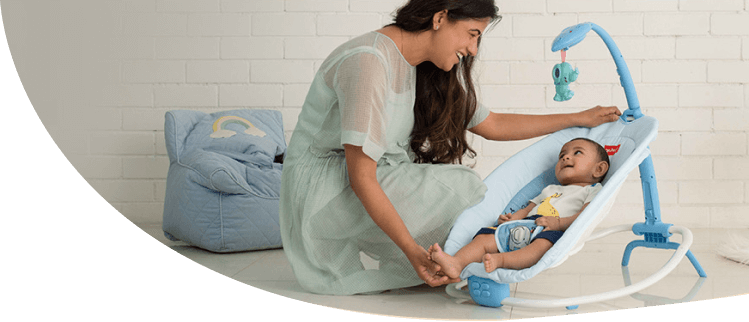Ride on toys are more than just sources of fun and entertainment; they offer a multitude of benefits that contribute to a child's physical, cognitive, emotional, and social development. Here are top four the advantages of buying ride-on toys for your child.
1. Physical Development
a. Gross Motor Skills: Ride-on toys are excellent for enhancing gross motor skills. They require children to use large muscle groups to push, pedal, and steer, which strengthens their legs, arms, and core. This physical activity promotes overall muscle development and coordination.
b. Balance and Coordination: Balancing on a ride-on toy helps children develop a sense of equilibrium. For instance, riding a bike or scooter requires maintaining balance while moving, which can improve a child’s coordination and spatial awareness.
c. Cardiovascular Health: Engaging with ride-on toys can also encourage physical exercise, helping children develop a healthy habit of regular physical activity. This can contribute to cardiovascular health and combat sedentary behaviors that lead to obesity.
2. Cognitive Development
a. Problem-Solving Skills: Navigating a ride-on toy around obstacles involves decision-making and strategic thinking. Children learn to assess their environment and figure out how to maneuver through different spaces, enhancing their problem-solving abilities.
b. Spatial Awareness: Operating ride-on toys requires understanding space and distance. Children learn to judge the space around them and how to navigate it, which is crucial for cognitive development and can translate to better performance in tasks that require spatial reasoning.
3. Emotional and Social Development
a. Independence and Confidence: Mastering a ride-on toy gives children a sense of accomplishment and independence. The ability to control their movement and explore their environment boosts their confidence and self-esteem.
b. Social Interaction: Ride-on toys can be a great way for children to engage with their peers. Group play with these toys encourages sharing, cooperation, and taking turns, which are essential social skills. It also provides opportunities for children to bond and create friendships.
c. Imaginative Play: Many ride-on toys, especially those designed like animals or vehicles, inspire imaginative play. Children can pretend to be race car drivers, adventurers, or even farmers on tractors, which stimulates creativity and helps develop storytelling skills.
4. Sensory Stimulation
a. Sensory Integration: Using ride-on toys involves various sensory inputs, including sight, sound, and touch. This sensory stimulation is crucial for developing sensory integration skills, helping children process and respond to sensory information from their environment.
b. Vestibular and Proprioceptive Input: The movement associated with ride-on toys provides vestibular input (related to balance and spatial orientation) and proprioceptive input (related to the sense of body position). These inputs are vital for the development of motor skills and overall sensory processing.
Conclusion
Incorporating ride-on toys into a child’s play routine offers extensive benefits that go beyond mere enjoyment. They contribute to the development of physical skills, cognitive abilities, emotional health, and social interactions, making them a valuable addition to any child's array of toys. As children navigate, explore, and imagine with their ride-on toys, they are laying the foundation for a healthy, active, and well-rounded development.


